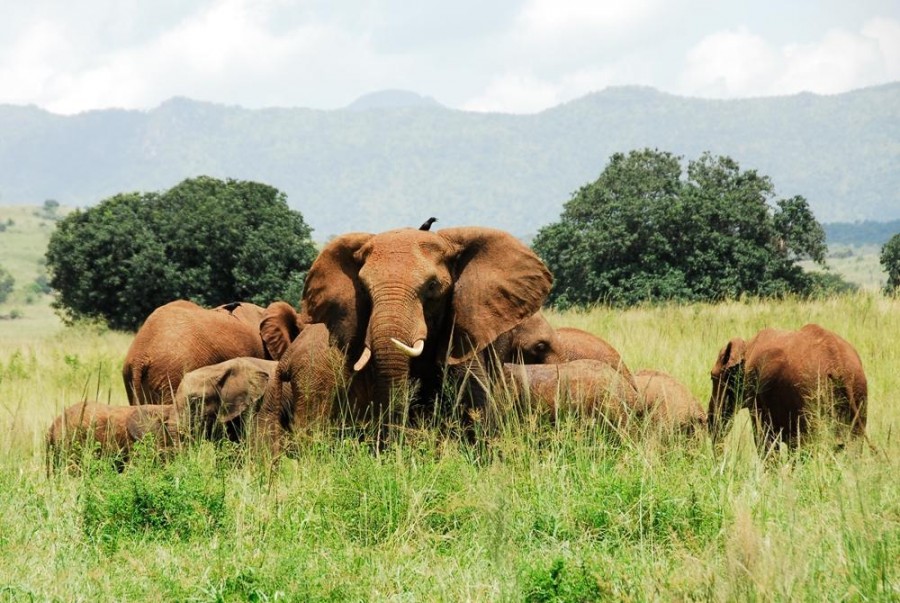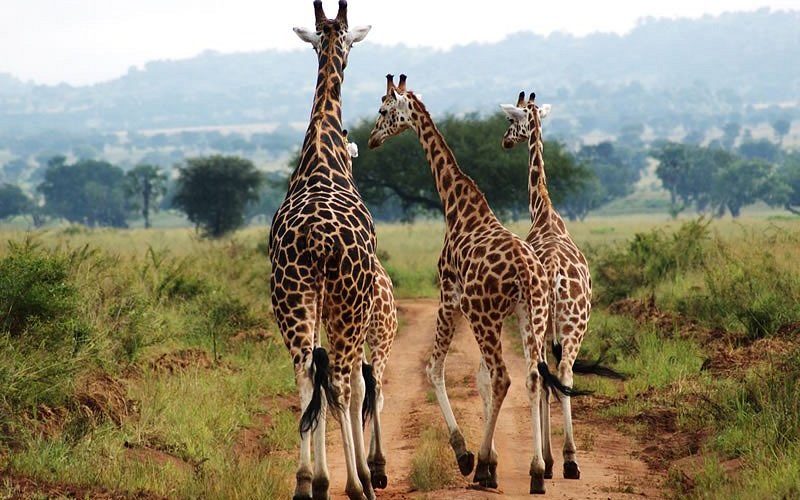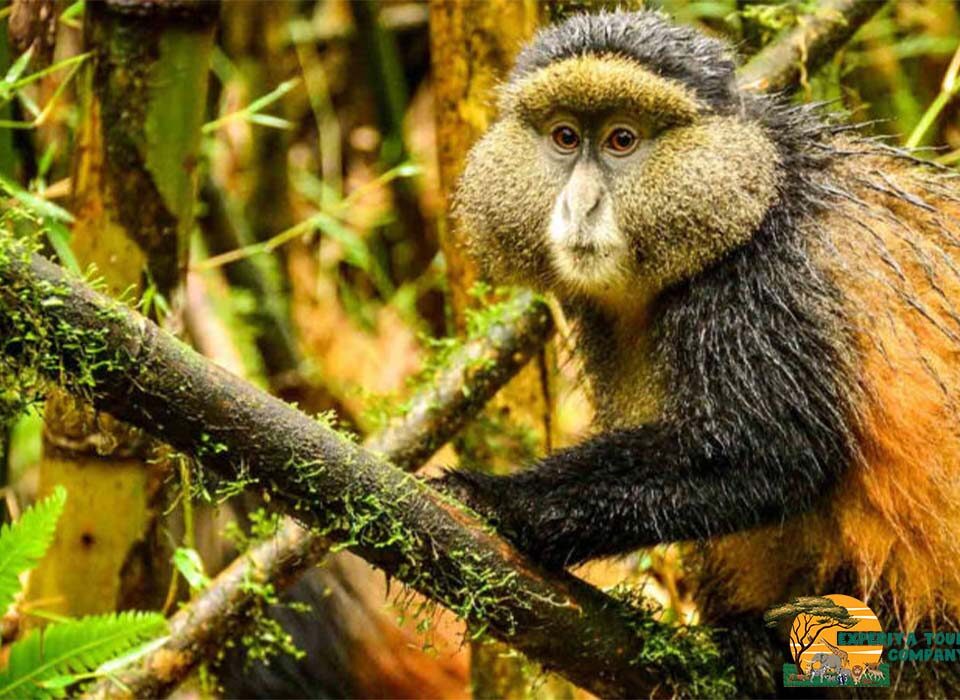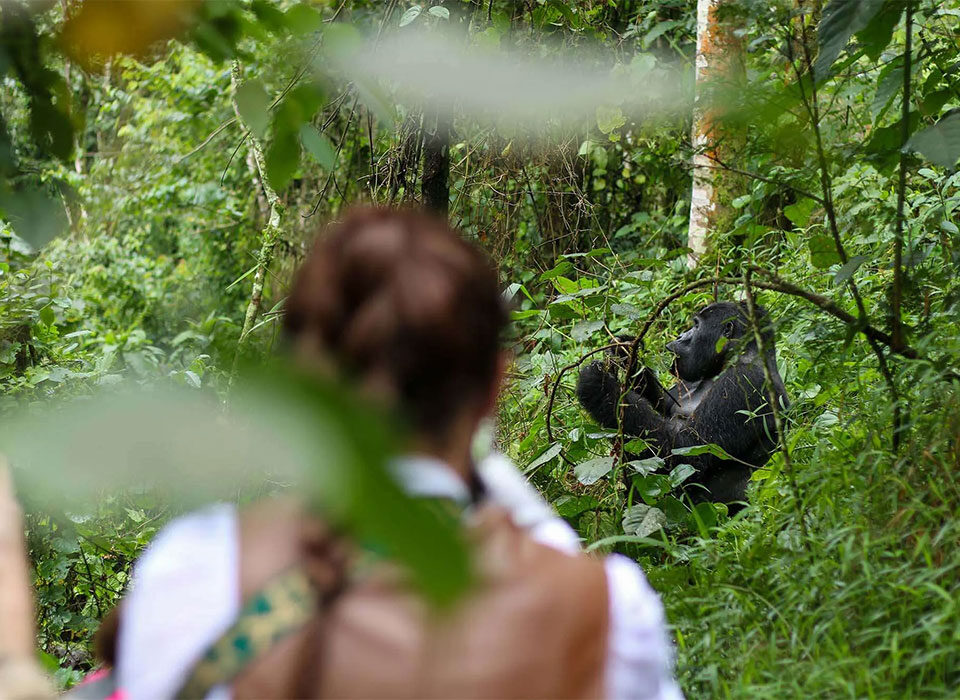
What’s Unique About Kidepo Valley National Park | Uganda Safari Guide
October 24, 2025
Best Lodges in Queen Elizabeth National Park | Uganda Safari Guide
October 24, 2025How to Reach Kidepo Valley National Park | Uganda Safari Travel Guide

How Do I Reach Kidepo Valley National Park?
Hidden in the remote northeastern corner of Uganda, Kidepo Valley National Park is one of Africa’s most pristine and breathtaking safari destinations. It’s often called “the true African wilderness” because of its untouched landscapes, incredible wildlife diversity, and isolation from the crowds that frequent other national parks. The park lies between Uganda’s borders with South Sudan and Kenya, covering approximately 1,442 square kilometers of rugged savannah, rocky outcrops, and sweeping plains that stretch as far as the eye can see.
But its remote beauty comes with a question that every traveler eventually asks: how do I reach Kidepo Valley National Park?
Getting to Kidepo is a journey in itself — one that rewards you with scenic drives, cultural encounters, and unforgettable landscapes. Whether you choose to travel by road or air, each route offers its own adventure. In this detailed guide, we explore all the possible ways to reach Kidepo, what to expect along the way, and how to plan your trip smoothly for the safari of a lifetime.
Where Kidepo Valley National Park Is Located
Kidepo Valley National Park is situated in Kaabong District, in Uganda’s Karamoja sub-region, about 700 kilometers (435 miles) from Kampala, the capital city. The park lies in the far northeast of the country, bordering South Sudan to the north and Kenya to the east. Its remoteness is part of what makes it so special — you truly feel like you’ve stepped into a different world when you arrive.
The park is bordered by two great valleys — the Narus Valley and the Kidepo Valley — both surrounded by the rugged Morungole Mountains. It’s an area of rare beauty and tranquility, one of those last frontiers where nature still reigns supreme.
Because of its distance from Kampala, travelers can choose between two main modes of transport: by road (for those who love scenic drives and cultural exploration) or by air (for those who prefer convenience and speed).
Reaching Kidepo by Road
Traveling to Kidepo Valley National Park by road is an adventure that showcases the diversity of Uganda’s landscapes and people. The journey is long — typically between 10 to 12 hours of driving — but it is also incredibly rewarding. You’ll pass through rural villages, farmlands, rolling hills, and traditional homesteads that paint an authentic picture of life in Uganda’s countryside.
There are three main road routes to Kidepo from Kampala, each offering different experiences and conditions.
Route 1: Kampala – Karuma – Gulu – Kitgum – Kidepo (The Most Popular Route)
This is the most commonly used and most direct route to Kidepo Valley National Park. It’s about 571 kilometers and takes roughly 10 hours to drive, depending on traffic and road conditions.
Route Breakdown:
- Kampala → Luweero → Nakasongola → Karuma (around 250 km)
- Karuma → Gulu (approximately 100 km)
- Gulu → Kitgum (around 105 km)
- Kitgum → Kidepo (about 120 km)
Highlights Along the Way:
- Ziwa Rhino Sanctuary: Located near Nakasongola, this sanctuary is the only place in Uganda where you can track rhinos on foot. Many travelers stop here for a few hours to break the journey and enjoy an up-close experience with these endangered giants.
- Karuma Bridge: This is a scenic crossing point over the Nile River, famous for its swirling white waters and stunning views.
- Gulu and Kitgum Towns: Both are major northern towns where you can refuel, enjoy local cuisine, or spend a night if you wish to split the trip into two days.
The road is mostly tarmacked up to Kitgum, after which the final stretch to Kidepo is on a well-graded murram (gravel) road. This route is considered the safest and most reliable, especially for first-time visitors or those traveling with safari companies.
Route 2: Kampala – Mbale – Moroto – Kotido – Kaabong – Kidepo (The Most Scenic Route)
For travelers seeking adventure and breathtaking scenery, this eastern route through Karamoja is an excellent choice. It’s longer and more rugged but offers a rich cultural experience and magnificent views of Uganda’s semi-arid landscapes.

Route Breakdown:
- Kampala → Jinja → Mbale → Soroti → Moroto → Kotido → Kaabong → Kidepo
- Total distance: about 780 kilometers
- Estimated driving time: 12 to 14 hours, often done over two days
Highlights Along the Way:
- Jinja: The adventure capital of East Africa, where the Nile River begins. You can stop for white-water rafting, bungee jumping, or simply a scenic view of the Nile’s source.
- Mbale and Mount Elgon: A picturesque town at the foot of Mount Elgon, known for its lush green scenery and waterfalls.
- Moroto: The cultural heart of the Karamoja region. Here you can interact with the Karamojong people, a proud pastoralist community with rich traditions and fascinating lifestyles.
- Mount Moroto: A striking mountain that dominates the horizon, offering excellent hiking opportunities.
- Kaabong and Lokitanyala Plains: These areas mark the gateway to Kidepo and are filled with dramatic landscapes and occasional wildlife sightings even before you enter the park.
This route is best suited for experienced travelers or those accompanied by a professional safari operator. It offers an authentic journey through one of Uganda’s least explored regions, combining cultural experiences with stunning scenery.
Route 3: Kampala – Soroti – Kotido – Kaabong – Kidepo (Alternative Northern Route)
This route provides a middle ground between the northern and eastern paths. It is shorter than the Moroto route but still offers a scenic and adventurous journey. The drive passes through Soroti, Amuria, and Kotido, then connects to Kaabong before entering Kidepo.
Though less traveled, this route is gaining popularity as road conditions improve. It’s ideal for those who want to combine wildlife, culture, and stunning landscapes in a single trip.
What to Expect on the Road
Driving to Kidepo is a true African road adventure. The roads are generally good up to the major towns, but the final sections are gravel and can become dusty during the dry season or muddy in the wet season. A 4×4 safari vehicle is highly recommended for this journey.
It’s advisable to start your journey early in the morning (around 6:00 a.m.) and carry essentials like drinking water, snacks, fuel, and cash, as ATMs and shops become scarce the closer you get to the park. Mobile network coverage can also be limited in certain stretches.
For travelers who prefer comfort or have limited time, you can break the journey into two days, spending a night in Gulu, Kitgum, or Moroto, depending on your chosen route.
Reaching Kidepo by Air
If you prefer to skip the long road journey, the quickest and most convenient way to reach Kidepo Valley National Park is by air. Domestic flights offer a smooth and scenic option that cuts the travel time from 12 hours to about 2 hours.
Flights to Kidepo are available from both Entebbe International Airport and Kajjansi Airfield (near Kampala). These flights land at the Apoka Airstrip, located inside the park, just a short drive from most lodges and safari camps.
Airlines That Operate to Kidepo
- Aerolink Uganda
- Bar Aviation Uganda
- Fly Uganda
Flights typically operate on scheduled days, though charter flights can also be arranged for private groups or customized itineraries.
What to Expect on the Flight
Flying to Kidepo is an experience of its own. As you soar over Uganda’s diverse landscapes, you’ll see shimmering lakes, endless plains, and distant mountain ranges. On clear days, the approach to Kidepo offers jaw-dropping aerial views of the Narus Valley and the park’s vast wilderness.
Upon landing, safari vehicles and guides are usually waiting to transfer visitors directly to their lodges. This seamless transition allows travelers to start their game drives within minutes of arrival.
Combining Air and Road Travel
Many travelers opt for a fly-and-drive combination, flying one way and driving the other. This allows you to enjoy the thrill of Uganda’s countryside by road while saving time on the return journey. Safari companies like Experiya Tour Company can arrange such flexible itineraries, balancing comfort with adventure.
Entry Points and Park Access
The main entrance to the park is through the Narus Valley Gate, which is accessible from Kaabong or Kitgum. Visitors are required to check in at the Apoka headquarters, where park fees are paid and activities are organized.
Inside the park, the roads are well-maintained for game drives, leading to key attractions such as the Kanangorok Hot Springs, Narus River, Lomej Hills, and Kidepo Valley River.
Best Time to Travel to Kidepo Valley National Park
Kidepo is open year-round, but the dry seasons (December to February and June to September) offer the best road conditions and wildlife viewing opportunities. During this time, the Narus Valley attracts vast herds of animals, and the roads remain passable.
The wet seasons (March to May and October to November) bring lush green scenery and fantastic birdwatching, though the roads can become challenging to navigate. For those flying in, however, the park remains accessible throughout the year.
Practical Travel Tips
- Use a 4×4 Vehicle: Essential for rough roads, especially during rainy months.
- Refuel Before Entering Karamoja: Fuel stations are limited beyond Kitgum and Moroto.
- Carry Cash: Park entry fees and some local facilities may not accept cards.
- Travel with a Guide: A professional safari guide ensures safety and enriches your experience with insights about wildlife and local culture.
- Pack Essentials: Sunscreen, insect repellent, a hat, binoculars, and a camera are must-haves.
Recommended Safari Operator: Experiya Tour Company
Reaching Kidepo Valley National Park becomes effortless and enriching when you travel with Experiya Tour Company. With their deep knowledge of Uganda’s roads, wildlife, and culture, Experiya’s experienced guides ensure a safe, comfortable, and memorable journey — whether you’re traveling by road, by air, or combining both.
They offer customized itineraries that include stopovers at attractions like Ziwa Rhino Sanctuary and cultural experiences in Karamoja. From arranging flights to booking lodges and planning game drives, Experiya handles every detail so you can focus on enjoying the adventure.
Traveling with Experiya Tour Company means more than just reaching Kidepo — it means experiencing Uganda’s wild beauty in its purest form, guided by experts who make every mile worthwhile.



